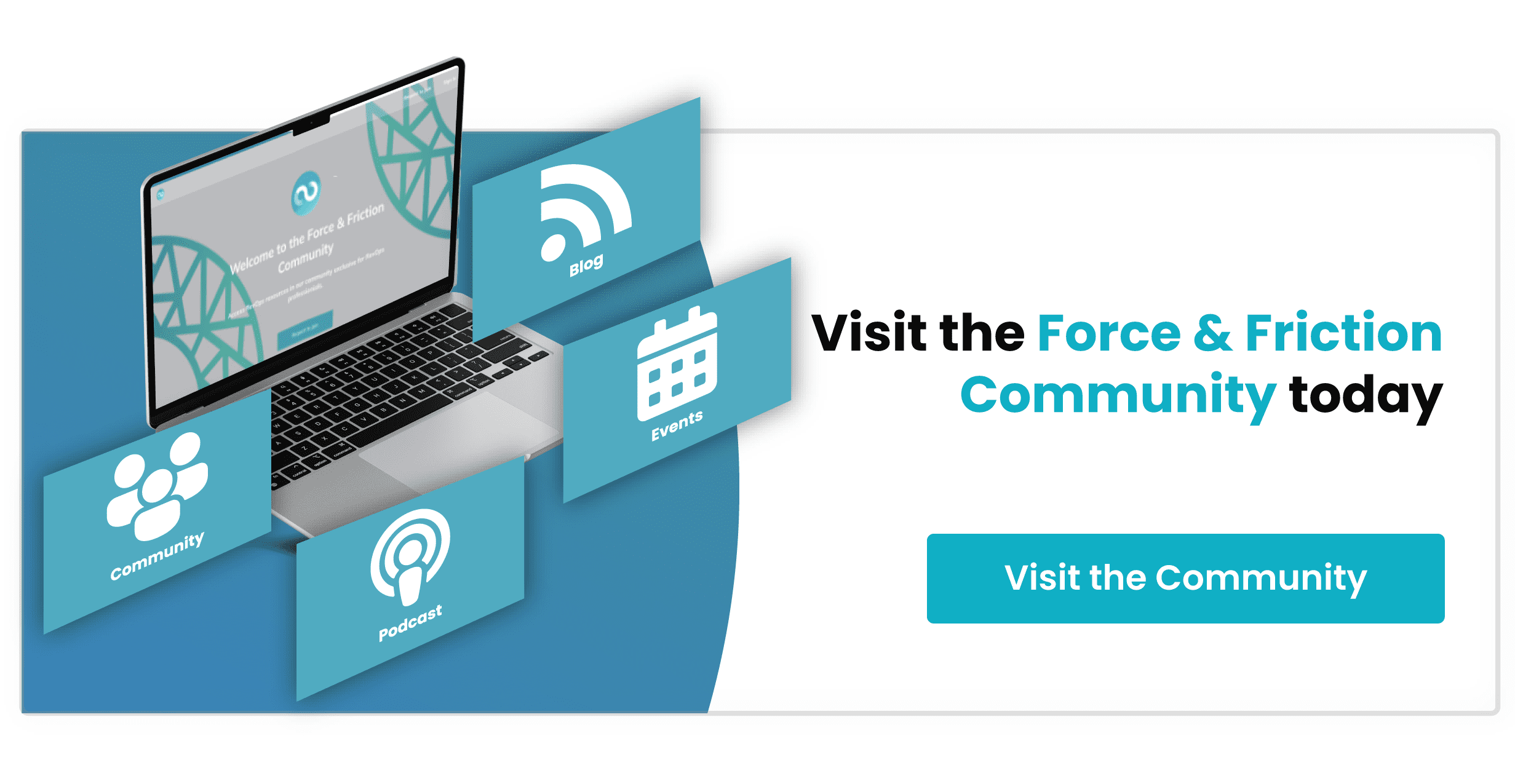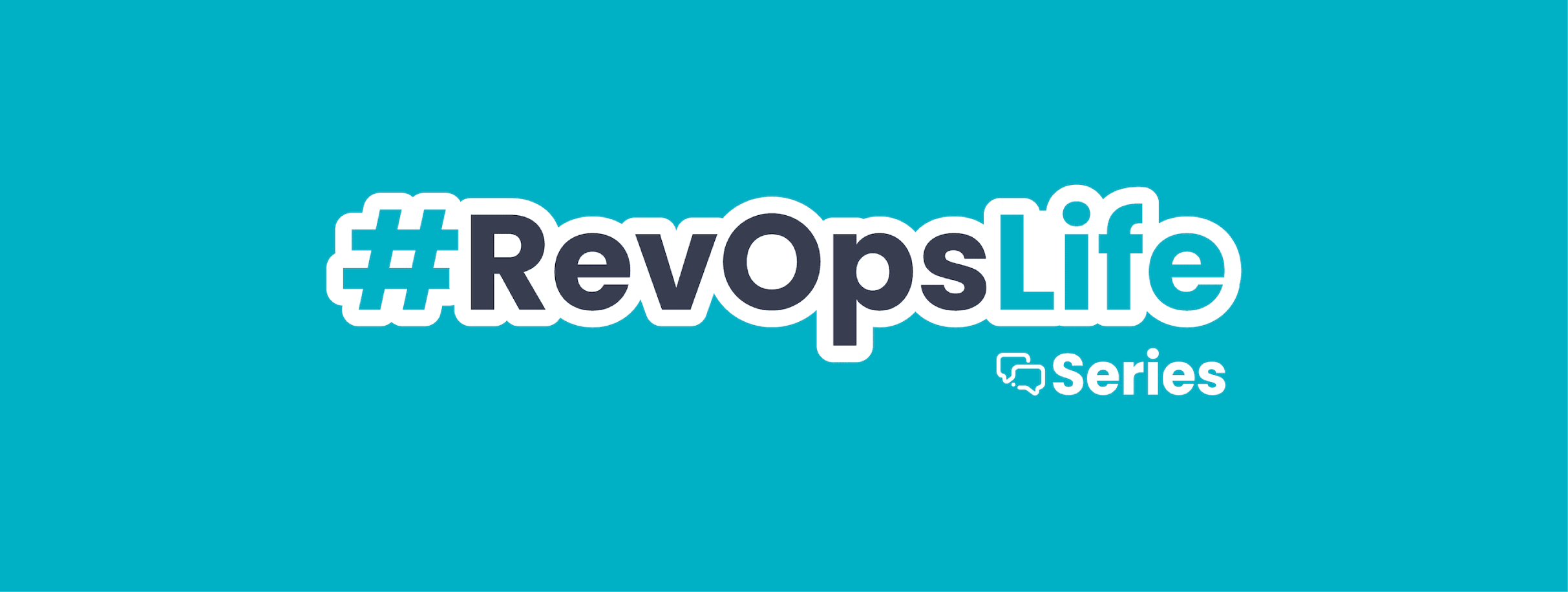
Stack Attack: Mastering Tech Stack Evaluation for a Winning RevOps Strategy | #RevOpsLife
As the popularity of Revenue Operations (RevOps) grows, albeit not a new concept, it is fastly becoming the core of modern business growth.
By optimizing the alignment of sales, marketing, and customer success, your organization can ensure a seamless experience for its customers and internal teams.
A critical component of any successful RevOps strategy is the technology stack. In this RevOpsLife article, I discuss the importance of evaluating your tech stack, provide practical examples, and walk you through a systematic approach to performing a thorough assessment to ensure you know what to keep, what to ditch and what can be combined to avoid those disparate systems.
Why Evaluate Your Tech Stack?
A well-designed tech stack can accelerate your RevOps strategy by enabling efficient processes, reducing friction, and delivering a unified view of your customer journey.
However, selecting the right mix of tools is a challenging task that requires careful consideration. By evaluating your current tech stack against these seven key assessment points, you can identify areas for improvement and create a more effective RevOps strategy.
How to Evaluate Your Tech Stack?
To perform a comprehensive tech stack evaluation, consider the following seven points:
-
Functionality:
- Assess whether your tools provide the necessary features and capabilities to support your RevOps strategy.
- Does the software meet your specific needs, or are there gaps that need to be addressed?
-
Performance:
- Evaluate the performance of your tools in terms of speed, reliability, and accuracy.
- Are your tools delivering the expected results and keeping up with your business demands?
-
Security:
- Review the security measures in place to protect your data and customer information.
- Are your tools compliant with relevant regulations and industry best practices?
-
Ease of Use:
- Consider how user-friendly your tools are for your team.
- Are they intuitive and easy to learn, or do they require extensive training and support?
-
Cost:
- Analyze the overall cost of your tech stack, including subscription fees, implementation expenses, and maintenance costs.
- Are you getting a good return on your investment?
-
Community:
- Research the level of support and resources available for your tools.
- Is there an active community of users and experts who can help you get the most out of your software?
-
Flexibility:
- Evaluate how adaptable your tools are to your evolving business needs.
- Can they easily integrate with other systems and be customized to fit your unique requirements?

Practical Tech Stack Evaluation Example
Some popular questions I regularly get asked from our client portfolio is:
-
With a tech stack that comprises so many systems, and different team preferences, where do I start?
-
What's the best approach to take so I get this right and avoid costly tech stack mistakes?
-
How can I better understand how to undertake a tech stack evaluation that aligns with RevOps?
I’ve listed a framework below that you can use - it comprises seven assessment points, let's walk through a practical example.
1. Create a detailed inventory of your current SaaS applications, including:
- SaaS application name
- Subscription cost
- Subscription frequency
- SaaS to be retained or replaced (e.g., by HubSpot)
- Team using the SaaS
- Subscription expiration date
- Required integrations (e.g., APIs)
2. Develop a scorecard for each SaaS application, using a scale of 1 to 10 (1 being low, 10 being high) to rate each application:
- Performance against your needs
- Functionality against your needs
- Security against your needs
- Ease of use against your needs
- Community against your needs
- Flexibility against your needs
The total score for each application will be out of 10, multiplied by the six areas meaning your total score for each application will be out of 60 - and the highest-scoring tools will most likely be the best fit for your RevOps strategy.
Rinse and repeat this process for each of the SaaS and tech applications in your stack.
Respecting every business and team have different demands, apply flexibility to your scoring - i.e. it may be less user-friendly but it's an enterprise piece of kit you can't just rip out without penalty or major structural and department changes, so a common sense approach may be that it's not fit for ease of use, but scores highly on the other areas.
Remember this is a guide, not a mandate to spend, spend spend or change change change.
Conclusion:
Evaluating your tech stack is an essential step in optimizing your RevOps strategy.
By conducting a thorough assessment using the seven points outlined above, you can identify areas for improvement and streamline your technology investments.
A well-designed tech stack will provide the foundation for a highly effective RevOps strategy, ensuring your organization's continued growth and success.
Ready to take your RevOps GamePlan to the next level? Here at 6teen30 Digital we specialize in building tech stack on the Hubspot platform and integration through APIs to deliver a Revops tech stack that will deliver on your wider business goals.
Book a consultation with our expert RevOps strategists to get started today.







%20-%20Teal.png?width=500&height=130&name=Force%20%26%20Friction%20-%20Branding%20-%20Logo%20(White)%20-%20Teal.png)